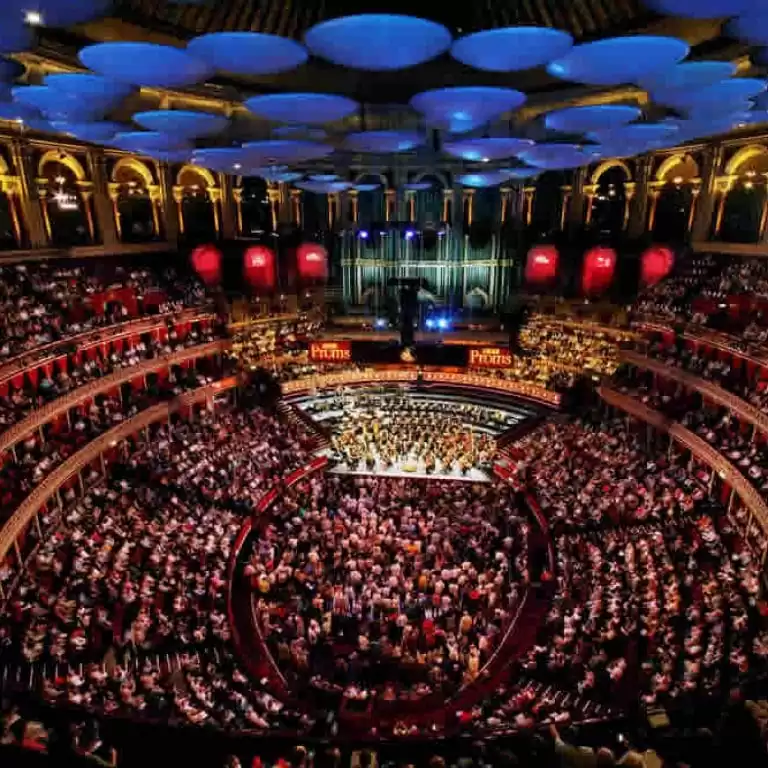
News Time-lapse camera rental – what you need for a successful long-term video
So you want to create a broadcast-standard time-lapse video – where do you start?
Whether you are looking to capture your favourite flowers blooming or you are undertaking a £billion construction project, time-lapse can be a fantastic way to track and document movement and changes over both the short and long-term.
The uses of this form of photography have been well documented by the Time-Lapse Systems blog, covering everything from civil engineering projects to event management.
But there are a number of difficult obstacles that can be met when aiming to use time-lapse photography. Most of these cannot be overcome without the relevant skills and expertise, and thus a rental camera system may be the best option.
Capturing
At the very heart of a finished time-lapse video are the individual images themselves. Rather than shooting video constantly for the duration of the project, camera systems are set to take images at specifically and accurately timed intervals. For building works, this is usually somewhere between every 12 and 15 minutes.
This is often achieved using a piece of hardware called an intervalometer. Even though some modern DSLRs have built-in software that can achieve the same results, a purpose constructed, external piece of kit is usually far more reliable and less prone to both interference and software failures.
Once set-up you might think you are all done, but there is also the consideration of powering the camera system. (And of course you now also have an additional draw on the camera’s internal battery.) Modern cameras already use such a huge amount of power that just using a standard rechargeable battery is not viable for a long-term time-lapse project.
Your system will probably need some sort of mains power – though solar, battery or other off-grid power is also possible – and must be protected against power surges and the ever-changing weather conditions. Have you got a waterproof housing? Will it withstand strong winds? Does it pass all relevant health and safety checks?
Starting with a single camera to create a time-lapse is all good and well, but very quickly it can feel as though the task is impossible without external help. And why commit so much time, money and research into attempting to create your own system when hiring could be a far cheaper and more viable option.
Monitoring
A DIY camera system – much like the vastly inferior, pre-packaged cameras that claim to offer time-lapse – has one huge flaw: there is no way to monitor it. Unless you want to be sat next to it for the full duration of your project (construction projects can take multiple years), how do you know the camera is still taking images? You could set up the camera as you wish and make sure it is working fine. But as soon as you walk away it might break.
Professional time-lapse companies have developed bespoke systems to access camera systems remotely – from anywhere in the world – and ensure every setting is perfectly set-up for the camera’s purpose. Everything from changing the interval speed to the exposure of the image should and can be tinkered with at any moment in time. It also allows for remote troubleshooting and to help foresee any potential problems.
And, as this runs through secure 3G networks or a stable broadband connection, images can also be accessed throughout the time it is capturing. These can then be uploaded to a password-protected online viewing portal (Time-Lapse Systems have created iRis for their clients) where they can be viewed in full HD from any number of devices.
So the time-lapse edit at the end of the project is not the only benefit of a remote camera system. It is also great for site monitoring and checking on build progress.
Editing
But when the project is complete and all the images safely archived away, the most important thing is to create a fully post-produced edit. Without the relevant expertise, this can be nigh on impossible.
A series of post-production techniques and filters are added to the images, as well as significant chunks of inactivity being removed, to create a video that is both great as a stunning video memory and also an up-to-date and eye-catching PR piece.
Clients, stakeholders and relevant publics alike will be in awe as a building shoots up from the ground in a matter of minutes, rather than the years it took in real-time. Stabilised images reveal processes that are simply impossible to see with the naked eye and vivid colours bring arduous processes to life in exciting bursts of activity.
Only by renting a camera system from a market-leading time-lapse company and taking advantage of their all-in-one service can you achieve results that will turn heads in your industry – for all the right reasons. These results cannot be achieved by the far inferior off-the-shelf ‘solutions’ and are equally hard to create with your own set-up. A time-lapse ‘camera for hire’ could work out far more cost-effective.
We pride ourselves in offering the very best, industry-leading videos and ask you to compare the quality of our finished works with those of other companies. We believe our quality is second-to-none and our professionalism – from initial inquiries, throughout the capturing process and beyond – puts us above anyone else. Please get in touch with the team if we can be of any help with your time-lapse project.